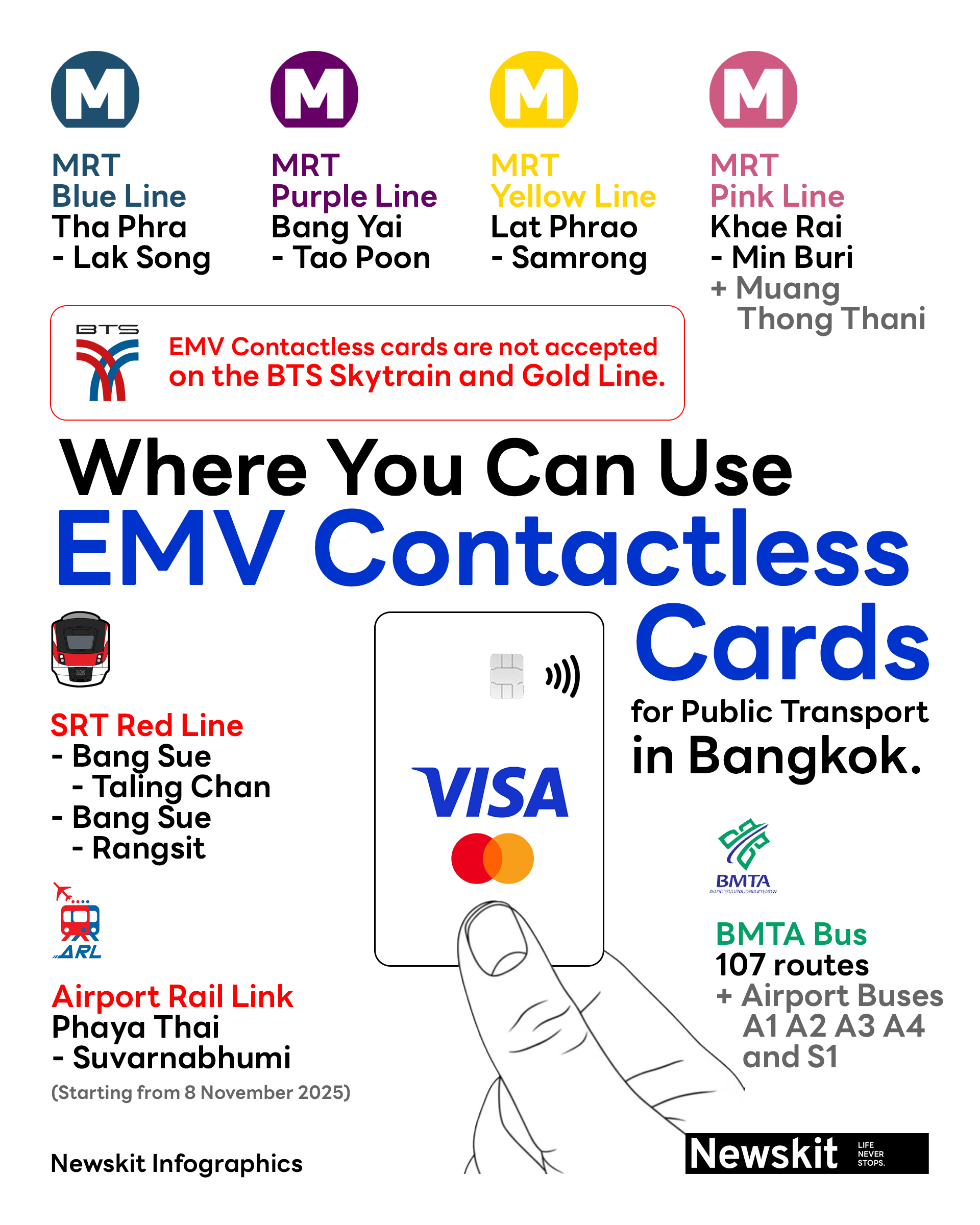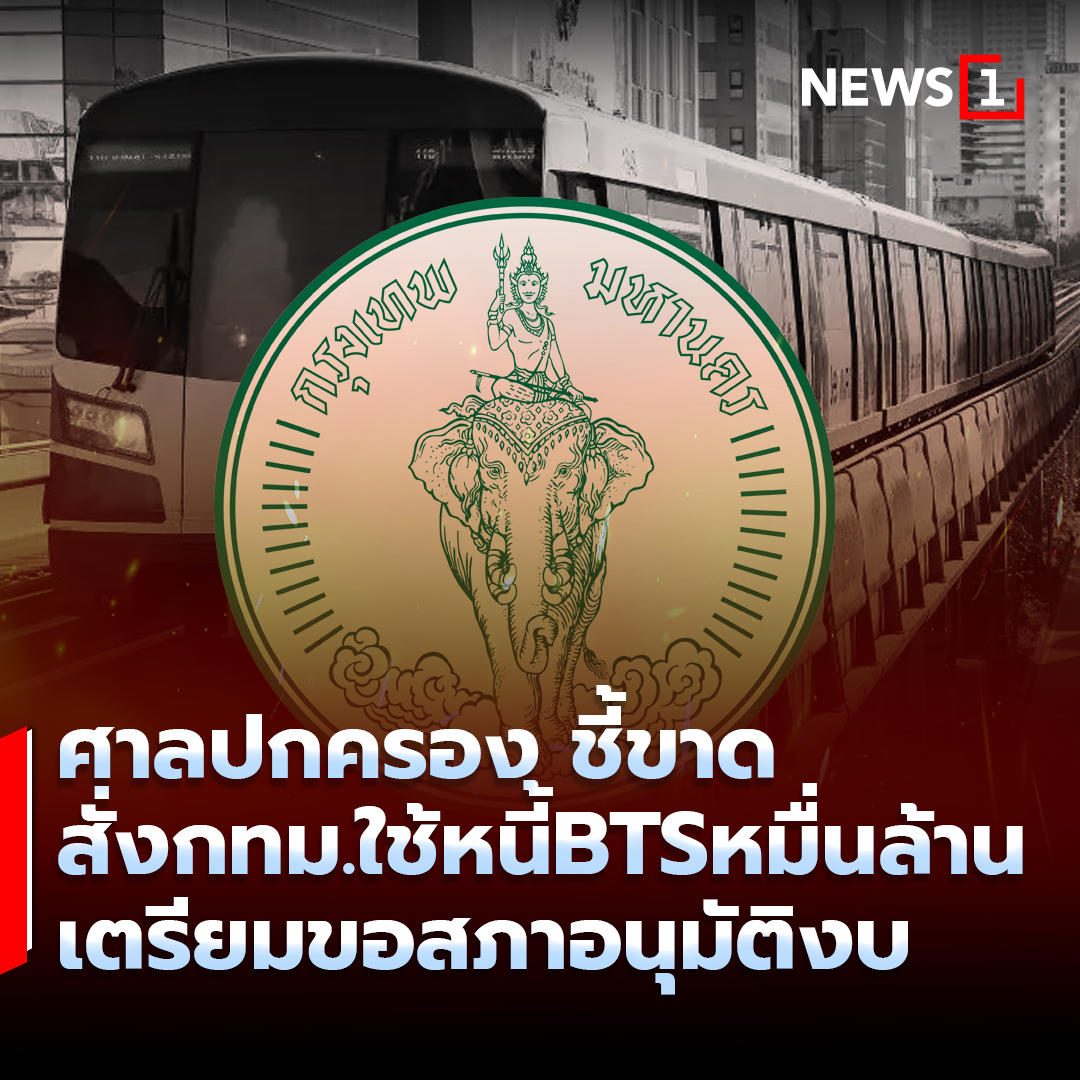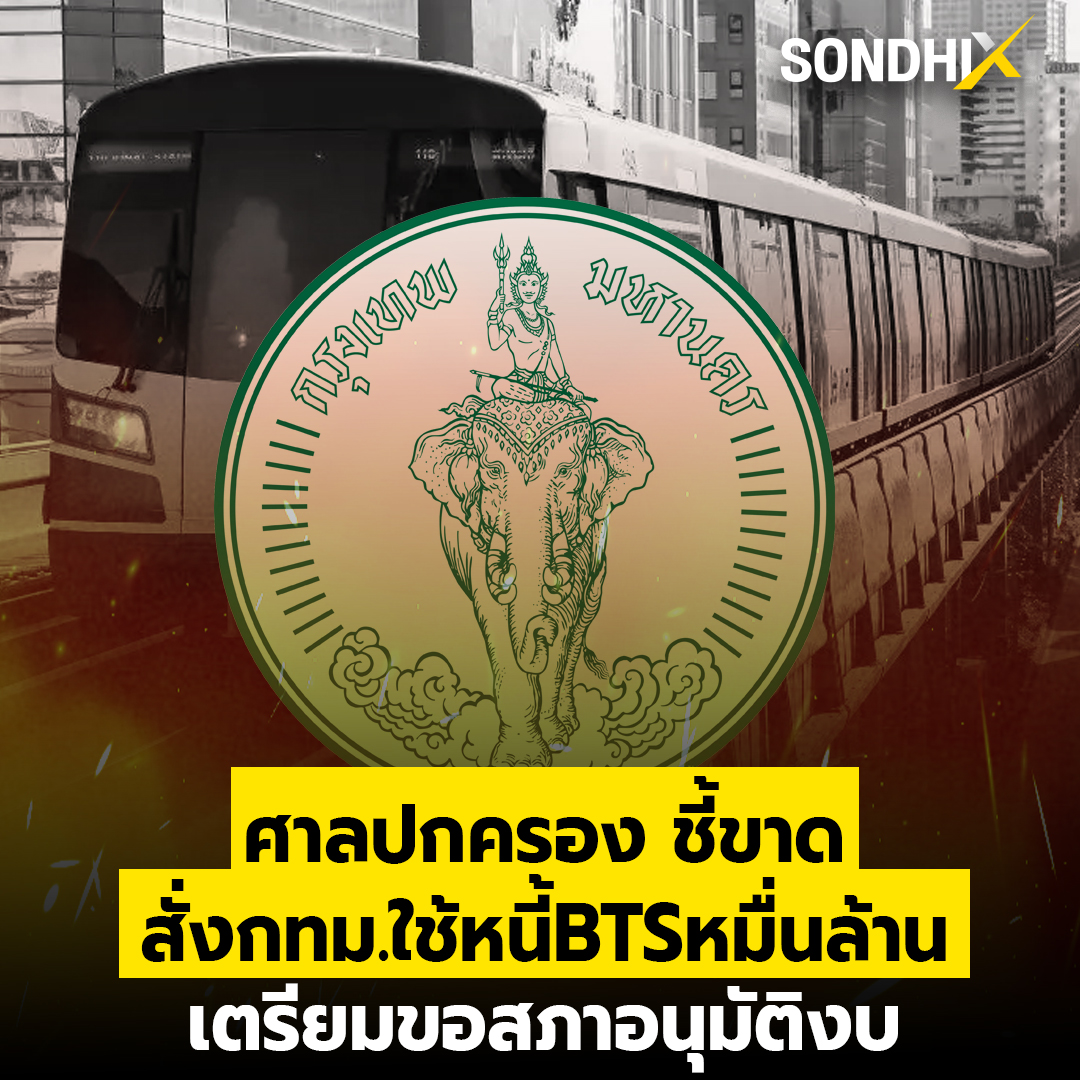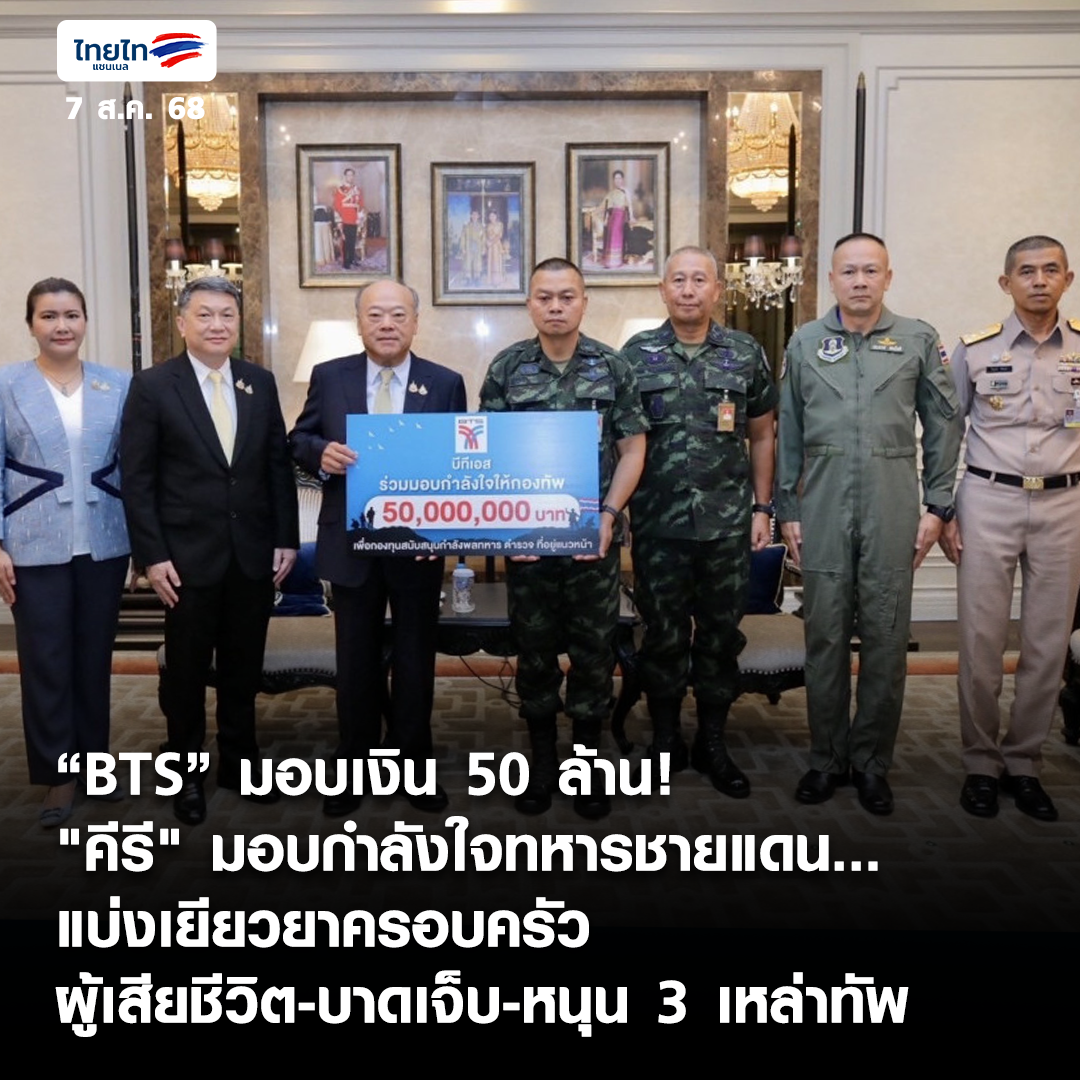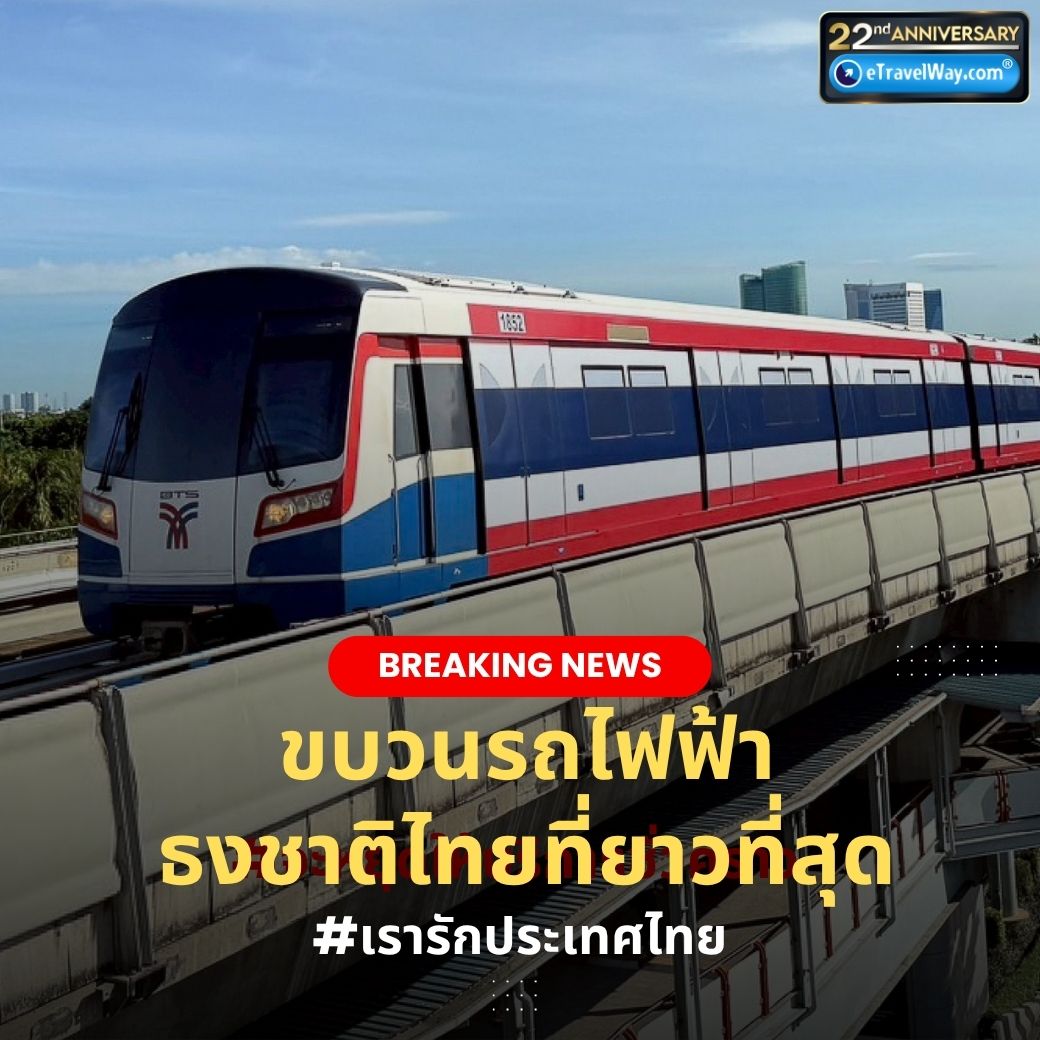"AI จุดกระแสสร้างศูนย์ข้อมูลยักษ์ใน Data Centre Alley – แต่ชุมชนเริ่มตั้งคำถาม"
Ashburn เมืองเล็กใน Loudoun County รัฐเวอร์จิเนีย กลายเป็นศูนย์กลางของโลกดิจิทัล โดยมี 152 ศูนย์ข้อมูลในพื้นที่เพียง 40 ตารางกิโลเมตร และรองรับกว่า 70% ของการจราจรอินเทอร์เน็ตโลกในแต่ละช่วงเวลา. การลงทุนด้าน AI ทำให้เกิดการเร่งสร้างศูนย์ข้อมูลใหม่ ๆ อย่างต่อเนื่อง
ข้อมูลจาก US Census Bureau ระบุว่าในปี 2025 บริษัทเอกชนใช้เงินกว่า 40 พันล้านดอลลาร์ต่อเดือน เพื่อสร้างศูนย์ข้อมูลในสหรัฐฯ เทียบกับเพียง 1.8 พันล้านดอลลาร์เมื่อสิบปีก่อน. โครงการเหล่านี้ส่วนใหญ่เป็นเมกะโปรเจกต์จาก Google, Amazon, Microsoft และ OpenAI
อย่างไรก็ตาม ศูนย์ข้อมูลรุ่นใหม่ที่ใช้ GPU ของ Nvidia สำหรับการฝึก AI ต้องการพลังงานและโครงสร้างที่ใหญ่และแข็งแรงกว่ามาก รวมถึงระบบ ระบายความร้อนด้วยน้ำ แทนเครื่องปรับอากาศทั่วไป ทำให้เกิดข้อกังวลด้านสิ่งแวดล้อมและการใช้ทรัพยากรในท้องถิ่น
แม้ศูนย์ข้อมูลจะสร้างรายได้และโครงสร้างพื้นฐานใหม่ให้กับเมือง แต่ งานถาวรมีน้อย ส่วนใหญ่จำกัดอยู่ในช่วงก่อสร้าง ขณะเดียวกันนักการเมืองท้องถิ่นเริ่มรณรงค์ให้ ชะลอการขยายตัว แทนที่จะดึงดูดการลงทุนเพิ่ม เพราะชุมชนเริ่มตั้งคำถามถึงผลกระทบระยะยาวต่อพลังงานและคุณภาพชีวิต
สรุปประเด็นสำคัญ
ข้อมูลจากข่าว
Ashburn มีศูนย์ข้อมูล 152 แห่งในพื้นที่ 40 ตร.กม.
รองรับกว่า 70% ของการจราจรอินเทอร์เน็ตโลก
การลงทุนสร้างศูนย์ข้อมูลในสหรัฐฯ พุ่งถึง 40 พันล้านดอลลาร์ต่อเดือนในปี 2025
ใช้ GPU ของ Nvidia และระบบระบายความร้อนด้วยน้ำ
ข้อมูลเสริมจาก Internet
ตลาดศูนย์ข้อมูลทั่วโลกคาดว่าจะเติบโตเฉลี่ย 10% ต่อปีในช่วง 2025–2030
หลายประเทศเริ่มออกกฎหมายจำกัดการใช้พลังงานและน้ำของศูนย์ข้อมูล
การแข่งขัน AI ทำให้บริษัทเทคโนโลยีเร่งสร้างโครงสร้างพื้นฐานเพื่อรองรับโมเดลขนาดใหญ่
คำเตือนจากข่าว
ศูนย์ข้อมูลใช้ไฟฟ้าในเวอร์จิเนียมากเท่ากับทั้งเมืองนิวยอร์กในปีที่ผ่านมา
งานถาวรในศูนย์ข้อมูลมีน้อย ทำให้ผลประโยชน์ต่อชุมชนจำกัด
การขยายตัวอาจกระทบสิ่งแวดล้อมและคุณภาพชีวิตของประชาชน
https://www.thestar.com.my/tech/tech-news/2025/12/04/in-data-centre-alley-ai-sows-building-boom-doubts
Ashburn เมืองเล็กใน Loudoun County รัฐเวอร์จิเนีย กลายเป็นศูนย์กลางของโลกดิจิทัล โดยมี 152 ศูนย์ข้อมูลในพื้นที่เพียง 40 ตารางกิโลเมตร และรองรับกว่า 70% ของการจราจรอินเทอร์เน็ตโลกในแต่ละช่วงเวลา. การลงทุนด้าน AI ทำให้เกิดการเร่งสร้างศูนย์ข้อมูลใหม่ ๆ อย่างต่อเนื่อง
ข้อมูลจาก US Census Bureau ระบุว่าในปี 2025 บริษัทเอกชนใช้เงินกว่า 40 พันล้านดอลลาร์ต่อเดือน เพื่อสร้างศูนย์ข้อมูลในสหรัฐฯ เทียบกับเพียง 1.8 พันล้านดอลลาร์เมื่อสิบปีก่อน. โครงการเหล่านี้ส่วนใหญ่เป็นเมกะโปรเจกต์จาก Google, Amazon, Microsoft และ OpenAI
อย่างไรก็ตาม ศูนย์ข้อมูลรุ่นใหม่ที่ใช้ GPU ของ Nvidia สำหรับการฝึก AI ต้องการพลังงานและโครงสร้างที่ใหญ่และแข็งแรงกว่ามาก รวมถึงระบบ ระบายความร้อนด้วยน้ำ แทนเครื่องปรับอากาศทั่วไป ทำให้เกิดข้อกังวลด้านสิ่งแวดล้อมและการใช้ทรัพยากรในท้องถิ่น
แม้ศูนย์ข้อมูลจะสร้างรายได้และโครงสร้างพื้นฐานใหม่ให้กับเมือง แต่ งานถาวรมีน้อย ส่วนใหญ่จำกัดอยู่ในช่วงก่อสร้าง ขณะเดียวกันนักการเมืองท้องถิ่นเริ่มรณรงค์ให้ ชะลอการขยายตัว แทนที่จะดึงดูดการลงทุนเพิ่ม เพราะชุมชนเริ่มตั้งคำถามถึงผลกระทบระยะยาวต่อพลังงานและคุณภาพชีวิต
สรุปประเด็นสำคัญ
ข้อมูลจากข่าว
Ashburn มีศูนย์ข้อมูล 152 แห่งในพื้นที่ 40 ตร.กม.
รองรับกว่า 70% ของการจราจรอินเทอร์เน็ตโลก
การลงทุนสร้างศูนย์ข้อมูลในสหรัฐฯ พุ่งถึง 40 พันล้านดอลลาร์ต่อเดือนในปี 2025
ใช้ GPU ของ Nvidia และระบบระบายความร้อนด้วยน้ำ
ข้อมูลเสริมจาก Internet
ตลาดศูนย์ข้อมูลทั่วโลกคาดว่าจะเติบโตเฉลี่ย 10% ต่อปีในช่วง 2025–2030
หลายประเทศเริ่มออกกฎหมายจำกัดการใช้พลังงานและน้ำของศูนย์ข้อมูล
การแข่งขัน AI ทำให้บริษัทเทคโนโลยีเร่งสร้างโครงสร้างพื้นฐานเพื่อรองรับโมเดลขนาดใหญ่
คำเตือนจากข่าว
ศูนย์ข้อมูลใช้ไฟฟ้าในเวอร์จิเนียมากเท่ากับทั้งเมืองนิวยอร์กในปีที่ผ่านมา
งานถาวรในศูนย์ข้อมูลมีน้อย ทำให้ผลประโยชน์ต่อชุมชนจำกัด
การขยายตัวอาจกระทบสิ่งแวดล้อมและคุณภาพชีวิตของประชาชน
https://www.thestar.com.my/tech/tech-news/2025/12/04/in-data-centre-alley-ai-sows-building-boom-doubts
🏗️ "AI จุดกระแสสร้างศูนย์ข้อมูลยักษ์ใน Data Centre Alley – แต่ชุมชนเริ่มตั้งคำถาม"
Ashburn เมืองเล็กใน Loudoun County รัฐเวอร์จิเนีย กลายเป็นศูนย์กลางของโลกดิจิทัล โดยมี 152 ศูนย์ข้อมูลในพื้นที่เพียง 40 ตารางกิโลเมตร และรองรับกว่า 70% ของการจราจรอินเทอร์เน็ตโลกในแต่ละช่วงเวลา. การลงทุนด้าน AI ทำให้เกิดการเร่งสร้างศูนย์ข้อมูลใหม่ ๆ อย่างต่อเนื่อง
ข้อมูลจาก US Census Bureau ระบุว่าในปี 2025 บริษัทเอกชนใช้เงินกว่า 40 พันล้านดอลลาร์ต่อเดือน เพื่อสร้างศูนย์ข้อมูลในสหรัฐฯ เทียบกับเพียง 1.8 พันล้านดอลลาร์เมื่อสิบปีก่อน. โครงการเหล่านี้ส่วนใหญ่เป็นเมกะโปรเจกต์จาก Google, Amazon, Microsoft และ OpenAI
อย่างไรก็ตาม ศูนย์ข้อมูลรุ่นใหม่ที่ใช้ GPU ของ Nvidia สำหรับการฝึก AI ต้องการพลังงานและโครงสร้างที่ใหญ่และแข็งแรงกว่ามาก รวมถึงระบบ ระบายความร้อนด้วยน้ำ แทนเครื่องปรับอากาศทั่วไป ทำให้เกิดข้อกังวลด้านสิ่งแวดล้อมและการใช้ทรัพยากรในท้องถิ่น
แม้ศูนย์ข้อมูลจะสร้างรายได้และโครงสร้างพื้นฐานใหม่ให้กับเมือง แต่ งานถาวรมีน้อย ส่วนใหญ่จำกัดอยู่ในช่วงก่อสร้าง ขณะเดียวกันนักการเมืองท้องถิ่นเริ่มรณรงค์ให้ ชะลอการขยายตัว แทนที่จะดึงดูดการลงทุนเพิ่ม เพราะชุมชนเริ่มตั้งคำถามถึงผลกระทบระยะยาวต่อพลังงานและคุณภาพชีวิต
📌 สรุปประเด็นสำคัญ
✅ ข้อมูลจากข่าว
➡️ Ashburn มีศูนย์ข้อมูล 152 แห่งในพื้นที่ 40 ตร.กม.
➡️ รองรับกว่า 70% ของการจราจรอินเทอร์เน็ตโลก
➡️ การลงทุนสร้างศูนย์ข้อมูลในสหรัฐฯ พุ่งถึง 40 พันล้านดอลลาร์ต่อเดือนในปี 2025
➡️ ใช้ GPU ของ Nvidia และระบบระบายความร้อนด้วยน้ำ
✅ ข้อมูลเสริมจาก Internet
➡️ ตลาดศูนย์ข้อมูลทั่วโลกคาดว่าจะเติบโตเฉลี่ย 10% ต่อปีในช่วง 2025–2030
➡️ หลายประเทศเริ่มออกกฎหมายจำกัดการใช้พลังงานและน้ำของศูนย์ข้อมูล
➡️ การแข่งขัน AI ทำให้บริษัทเทคโนโลยีเร่งสร้างโครงสร้างพื้นฐานเพื่อรองรับโมเดลขนาดใหญ่
‼️ คำเตือนจากข่าว
⛔ ศูนย์ข้อมูลใช้ไฟฟ้าในเวอร์จิเนียมากเท่ากับทั้งเมืองนิวยอร์กในปีที่ผ่านมา
⛔ งานถาวรในศูนย์ข้อมูลมีน้อย ทำให้ผลประโยชน์ต่อชุมชนจำกัด
⛔ การขยายตัวอาจกระทบสิ่งแวดล้อมและคุณภาพชีวิตของประชาชน
https://www.thestar.com.my/tech/tech-news/2025/12/04/in-data-centre-alley-ai-sows-building-boom-doubts
0 ความคิดเห็น
0 การแบ่งปัน
156 มุมมอง
0 รีวิว




